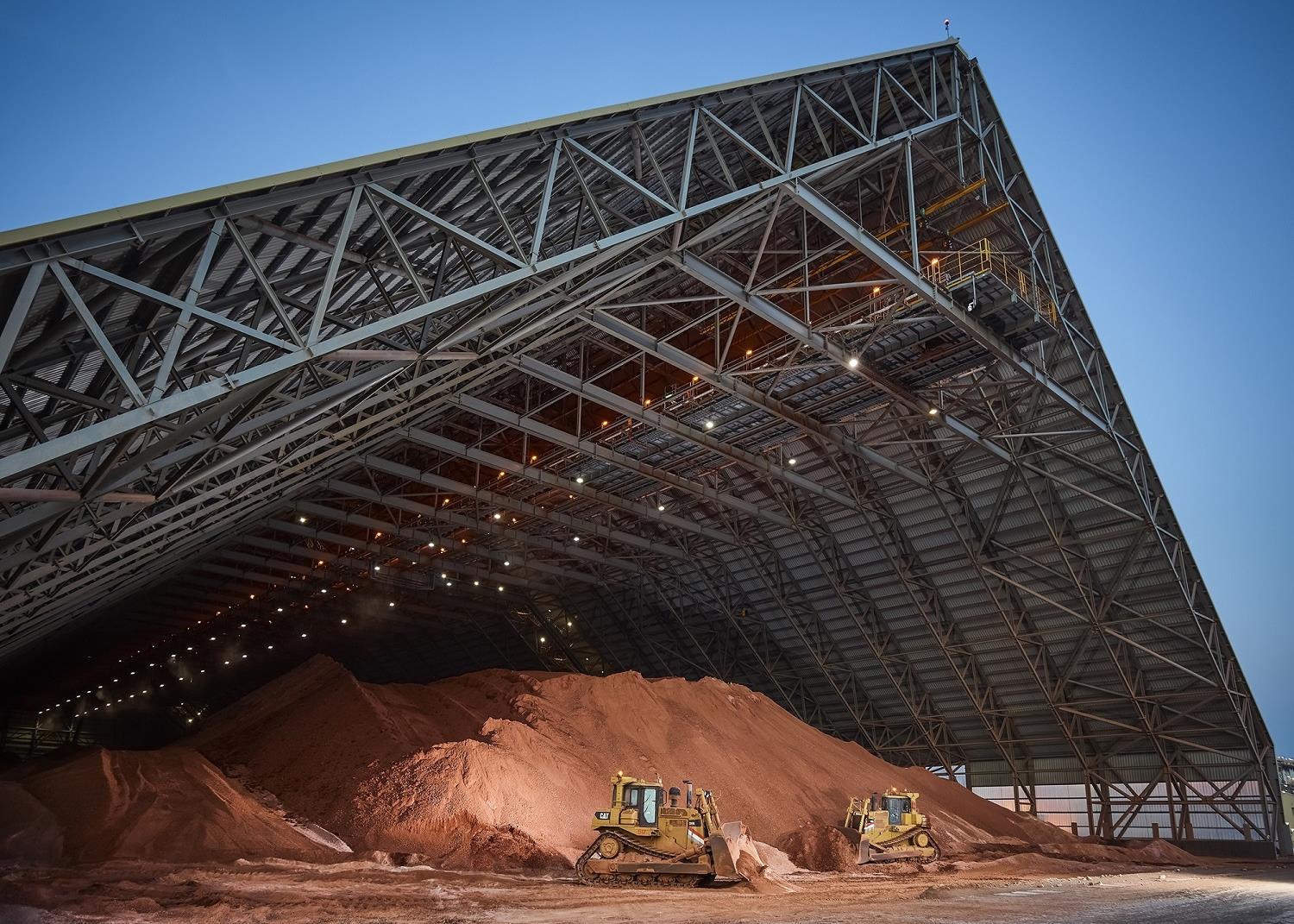
Aluminium prices have fallen sharply since 2008
“The aluminium market has seen better days,” the chief executive officer of Canada-headquartered mining company Rio Tinto Alcan told a conference in Abu Dhabi, referring to the recent trend in prices.
These better days were seen before the global financial crisis in 2008, when aluminium was trading well over $3,000 a tonne on the London Metal Exchange (LME) for cash deals.
As the confidence dropped out of the market, the price plummeted to lows of about $1,200 a tonne during the first quarter of 2009 before beginning a gradual recovery.
However, aluminium has its own double-dip recession with prices on a general downwards trend since peaking this time last year at aboutf $2,800 a tonne.
The market has since dropped more than 25 per cent to $2,066 a tonne on 2 May 2012 after a mini-peak in the middle of March.
China now has an unprecedented influence on the global aluminium market. Its rapid industrialisation has seen it emerge as the world’s largest producer and consumer of primary aluminium. The country is on track to represent half of the world’s supply and demand by 2016, according to Rio Tinto Alcan projections.
Metals market analysts at CRU Group say initial declines were triggered by the market reaction to a lower gross domestic product (GDP) target of 7.5 per cent in China as well as the US Federal Reserve Bank’s reluctance to back a third quantative easing programme. The target for Chinese GDP growth had been 8 per cent for every year since 2005.
Recent pricing declines also reflect general concerns over the stability of the Chinese economy and fears that Spain will require a bailout as it faces another recession.
Although prices have dropped over the past year, this hasn’t been reflected by global demand. According to CRU data, global consumption of aluminium increased 3.3 per cent in the first quarter of 2012 compared with the same period last year, hitting 10.75 million tonnes.
China is by far the biggest contributor to this growth with an 8.9 per cent rise in consumption, while the Middle East’s relatively small market demand increased by 1.9 per cent. By contrast, European demand declined by 7 per cent despite a 2.6 per cent uptick in Russia.
Analysts are forecasting stronger demand to drive higher prices later in the year, which would come as good news to Middle East-based companies such as Emirates Aluminium (Emal), which is ramping up production at its Taweelah smelter in Abu Dhabi.
“We expected the market to enter a deficit in the second quarter as demand picks up,” said CRU in its aluminium monitor for April. “The recent fears on China’s GDP growth revision are likely to be exaggerated, as demand figures indicate that growth is still robust in China,”
You might also like...

Alstom wins Jeddah airport deal
18 April 2024

Chinese contractor to build 86-storey tower in Dubai
18 April 2024

Japan and UAE to explore clean energy cooperation
18 April 2024

Contract awarded for Algeria steel project
18 April 2024
A MEED Subscription...
Subscribe or upgrade your current MEED.com package to support your strategic planning with the MENA region’s best source of business information. Proceed to our online shop below to find out more about the features in each package.




